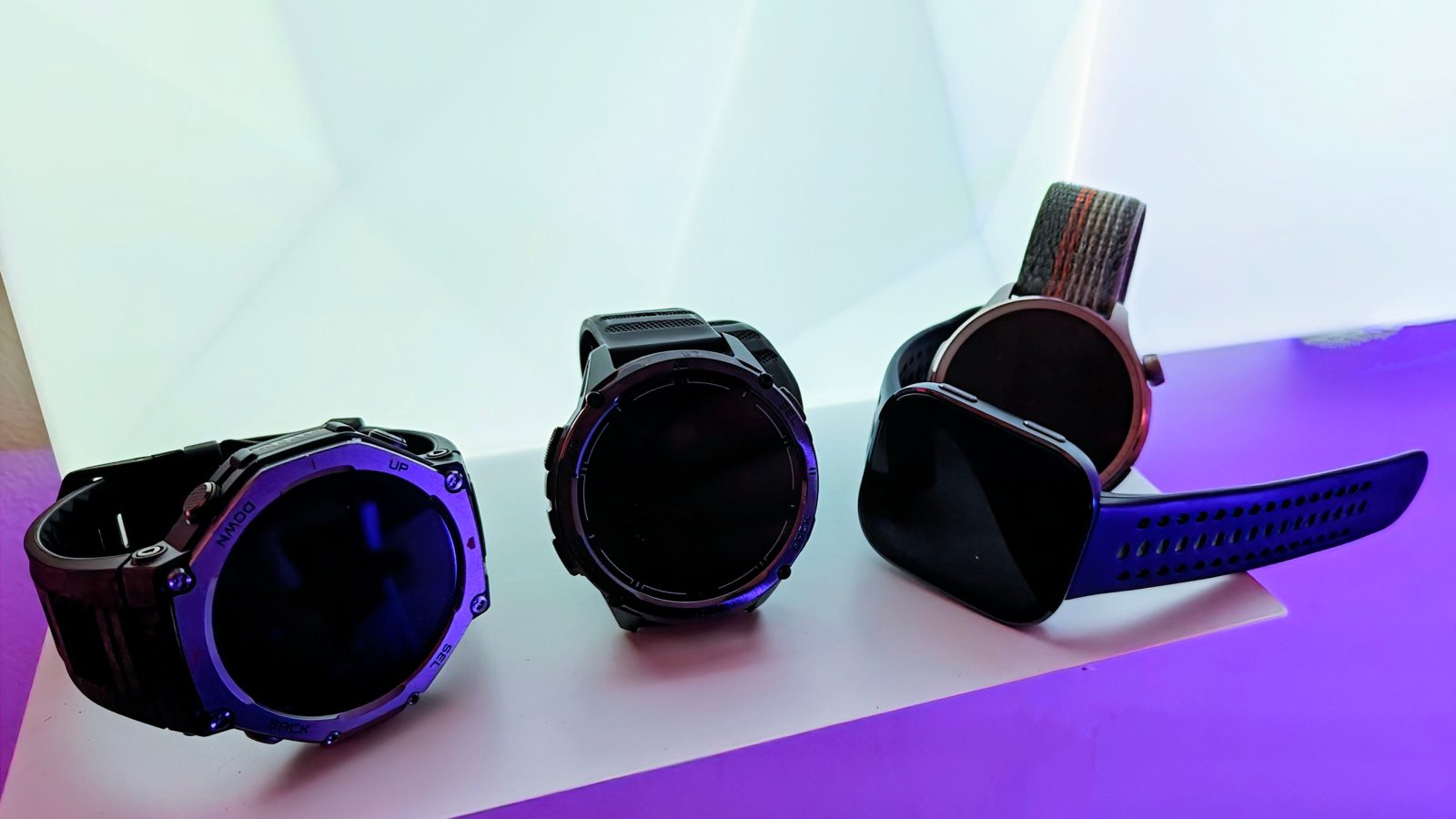
Contents
I’m a fan of wearables and have used dozens of smartwatches. I’ve tested devices from the well-known to the relatively unknown, and each has its merits. While Wear OS and watchOS are well-known wearable platforms for smartwatches and offer the best smartwatches, other options are available, and in many cases, they are better alternatives. I have four reasons why you shouldn’t consider a WearOS smartwatch for your wrist.
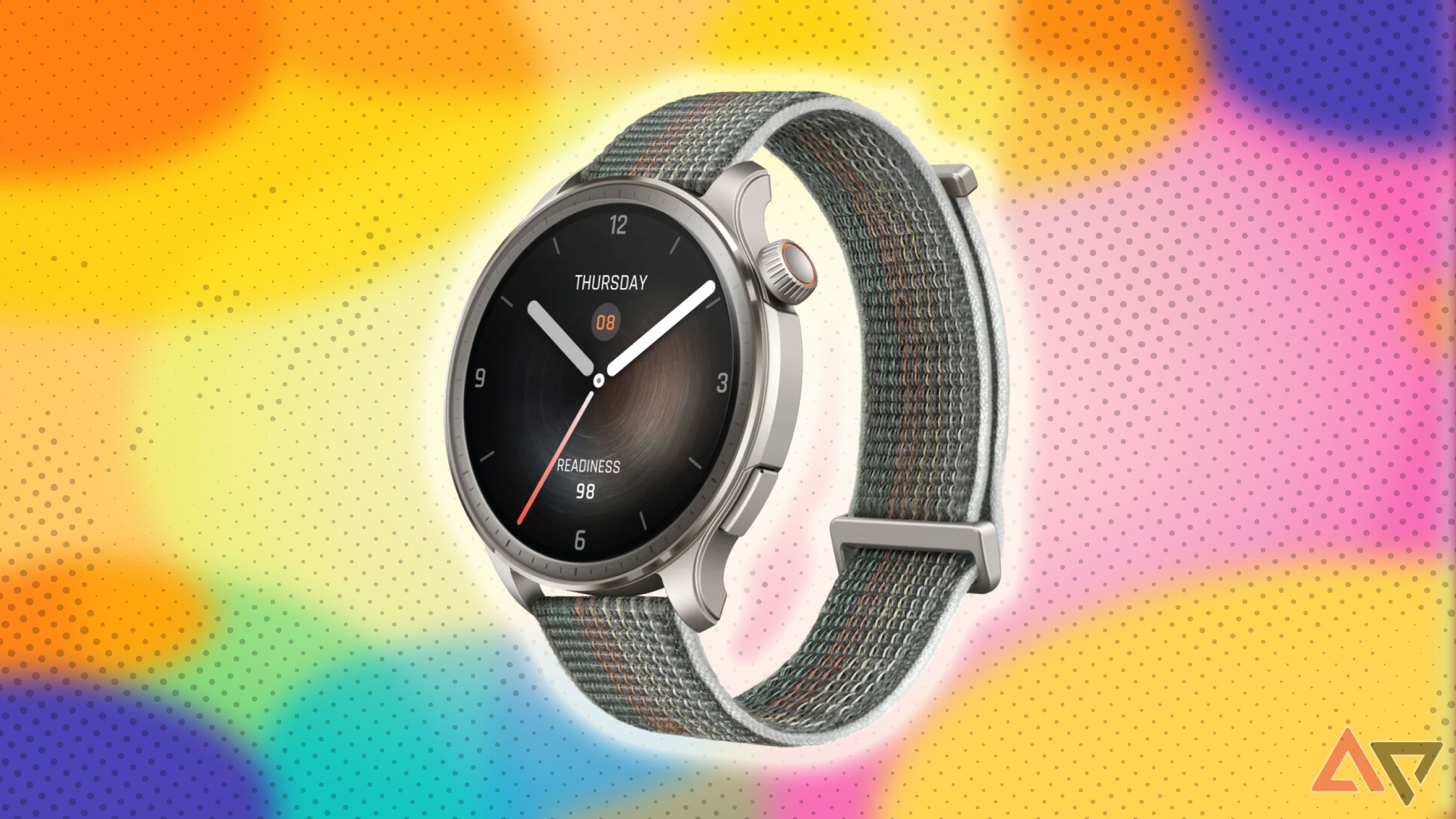
Related
4 Battery life
Life-changing
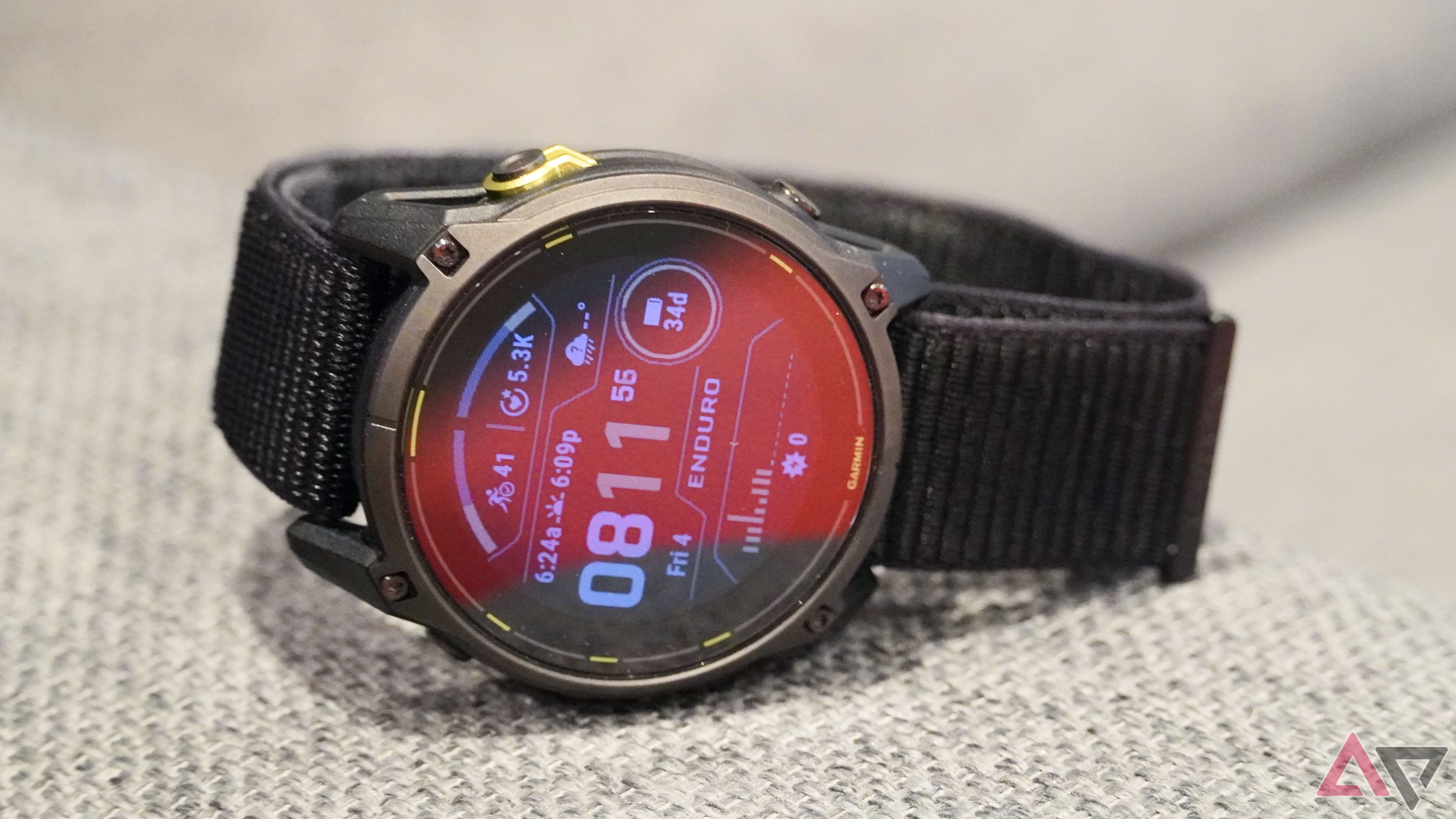
When you don’t have to worry about your smartwatch running out of battery and not being available when you need it, it can be life-changing. A friend was looking for a replacement smartwatch for her aging Apple Watch. After asking about her needs and wants for a smartwatch and her budget, I pointed her towards a wearable I’ve tested for a while — the Amazfit Active 2.
Aside from keeping within my friend’s budget, the Active 2 checked all her watch needs and almost all of her wants. The feature omission is connecting with her Apple Watch friends. The biggest win for her with the watch is battery life. She can go days between charges, and use all the wearable’s features, namely sleep tracking. When you have to pick and choose what smartwatch functions you can and cannot use due to terrible battery life, it makes the expensive device on your wrist seem like a waste of money.
Most new Wear OS and watchOS devices go 18 to 24 hours between charges, but that isn’t always enough. While you can adjust settings to improve battery life, you should be able to use your smartwatch however you choose without compromising. Devices from brands like Amazfit, Garmin, Fitbit, and others offer wearables that last multiple days between charges, allowing you to use the smartwatch for all the reasons you chose it.
3 Choices
You don’t have to blend in
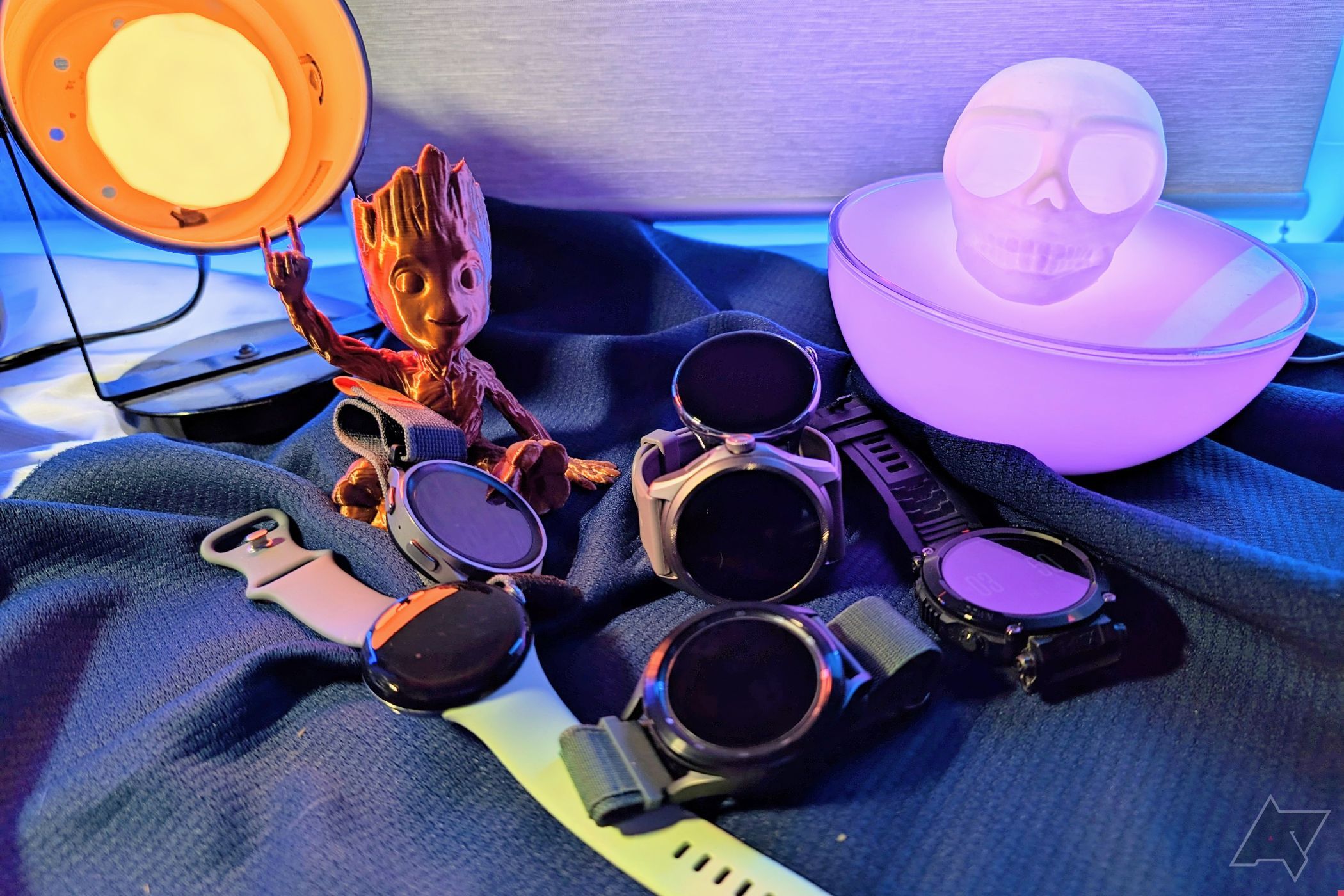
Outside of battery life, the breadth of device choices outside the Wear OS world is one of the best reasons not to choose Wear OS. Wear OS used to be a world of choice with a range of brands and styles. LG, Fossil, Tag Heuer, Mont Blanc, Motorola, and more put their spin on what a smartwatch could be. However, as the platform stagnated and hardware components failed to meet the hype, smartwatch brands began to decline.
Today, Google, Samsung, and sometimes Mobvoi offer Wear OS watches. However, I don’t see many more TicWatch Pro devices on the horizon, given the current wearable market. Samsung releases the same-looking base model year after year, offering only variations on its expensive options. Google isn’t better, but it is new to the wearable game, having launched its third watch last year. I would like to see Google branch out this year with a Pixel Watch 4 Ultra.
The styles available from brands outside the Wear OS arena offer a range of designs, shapes, and finishes. Amazfit offers wearables in the same class in two shapes. You can choose a highly intelligent classic design in the Balance or go ultra-rugged with a T-Rex 3 or Falcon. Take a look at a durable, fitness-forward design from Garmin, like the Fenix 8.
If you don’t need a watch, you might prefer a band, like the Fitbit Charge 6. I’m testing the Kospet Tank T3 Ultra 2, which offers impressive durability, great features, and a design that stands out from all others. If you want rectangular, Kospet has the Tank X2 Ultra. Choice is good.
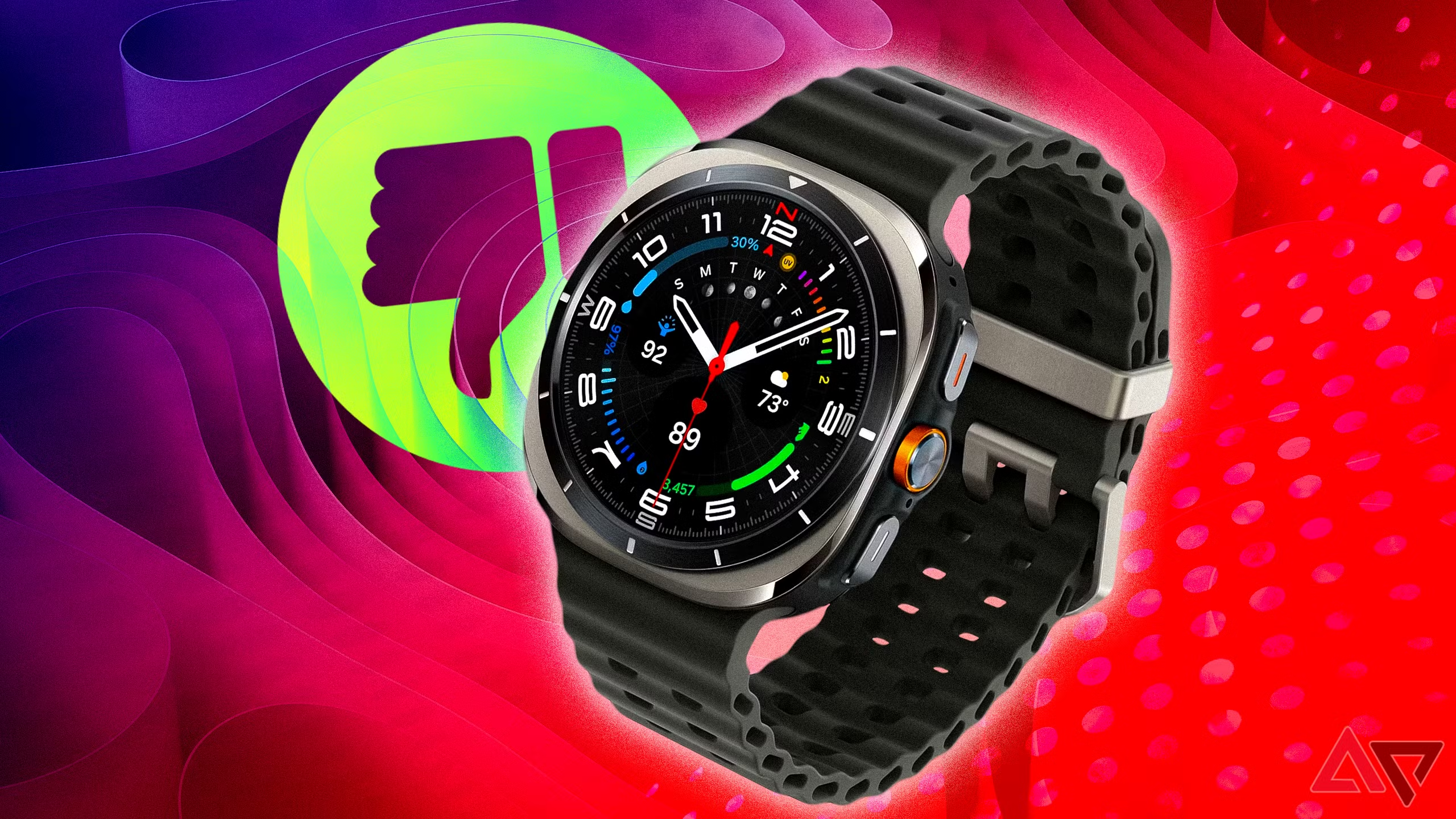
Related
Samsung’s Galaxy Watch Ultra isn’t Ultra enough to be worth it
A tough case, bright screen, and slightly longer battery life don’t justify the price.
2 Purpose-specific
Get a watch for exactly what you need
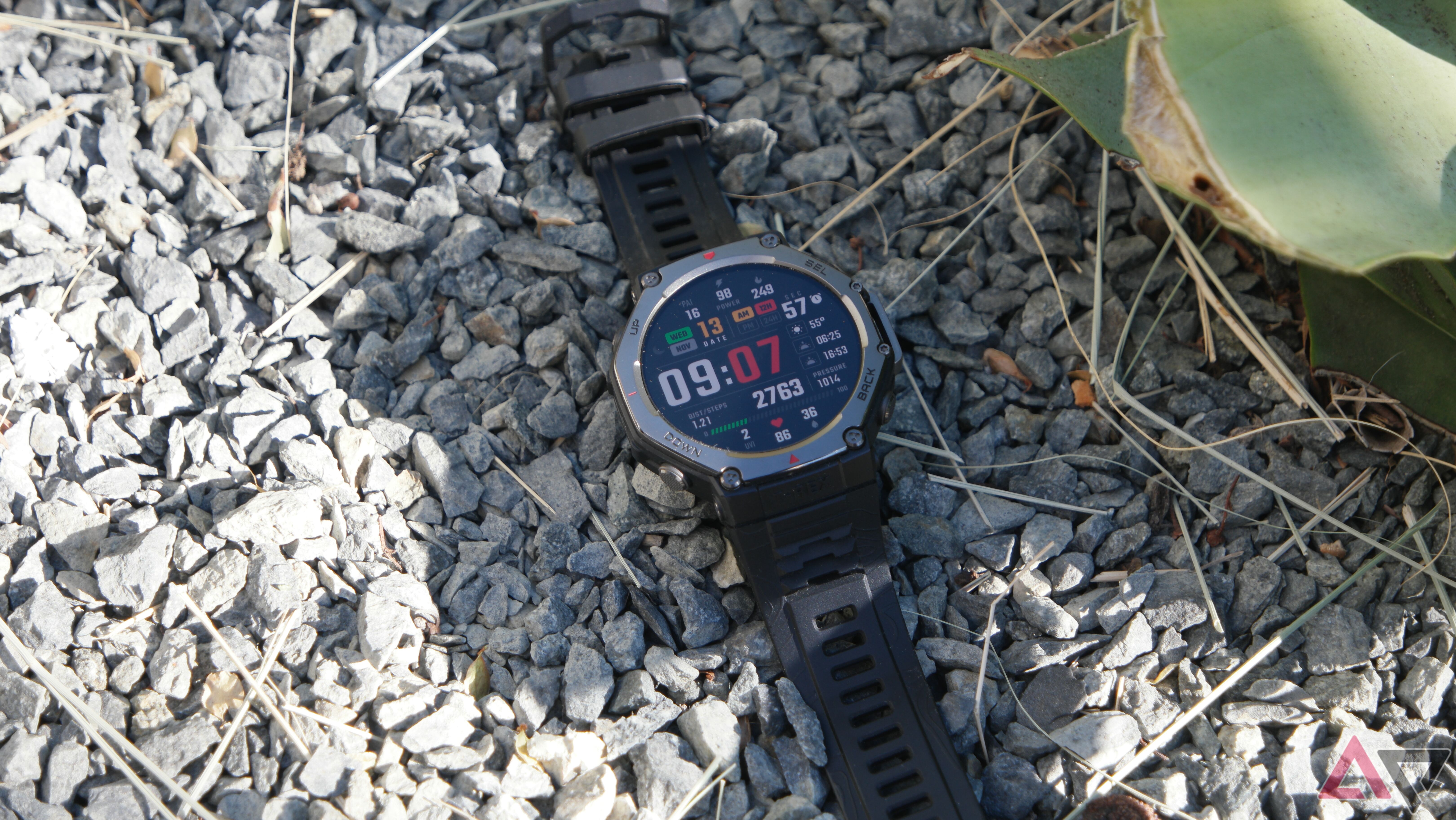
The closest thing to a purpose-specific Wear OS watch we have is the Samsung Galaxy Watch Ultra, and that’s a stretch. Instead, we are left with a limited choice, other than a few styles, of general wearables that check the majority of boxes for most people. If you require a watch with pinpoint GPS, extended battery life, and physical buttons for exercise, you’re out of luck.
That is, unless you are willing to pick a watch that isn’t running Wear OS. For those needing a watch like the one described above, check out Garmin, Suunto, Polar, or others. These brands create wearables that excel in specific areas. You won’t get some common features, such as talk-to-text, an OLED display, and a packed app store. Instead, you’ll get a watch that helps you accomplish your goals.
Like finding a watch that does what you want, choosing a watch that does the things you want without making you pay for features and hardware you don’t need is important. You may want to get a watch that doesn’t charge you for features you do not care about, but it could be a feature you aren’t allowed to use.
1 Cost
For some, this is the biggest reason
If your carrier hands out smartwatches with the release of new models, a free watch might be the best option. When purchasing a smartwatch, you may be able to save money by buying a non-Wear OS watch. Options like the Amazfit Active 2 are available for $100 and offer nearly every feature of Wear OS devices, but with better battery life. Get a watch that can withstand nearly anything you put it through, such as the Kospet Tank T3 Ultra 2 for $160 or the Amazfit T-Rex 3 for $235.
There is always a sale on smartwatches, so pricing can be tricky to nail down. When shopping for a new wearable, consider what you need and what you want from your smartwatch. When you look beyond Wear OS, your money can go further. Plus, you’ll likely end up with a device that better fits your personal needs.
The alternatives have gotten good
Wear OS smartwatches aren’t bad devices. Even though a high-profile, well-known company makes them, they aren’t the only ones to consider. While smartphones and smartwatches have reached their peak, brands that move slower than larger companies can catch up and create compelling products. Not having to satisfy millions of potential customers and the media has benefits. That is where I see these lesser-known smartwatch brands, and I prefer those products over Wear OS.
What’s your reaction?
Love0
Sad0
Happy0
Sleepy0
Angry0
Dead0
Wink0


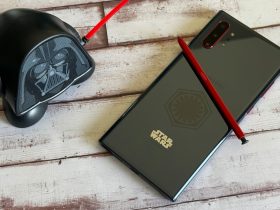



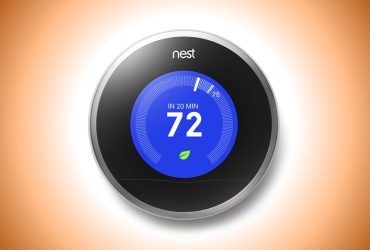
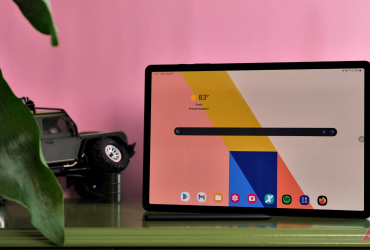
Leave a Reply
View Comments